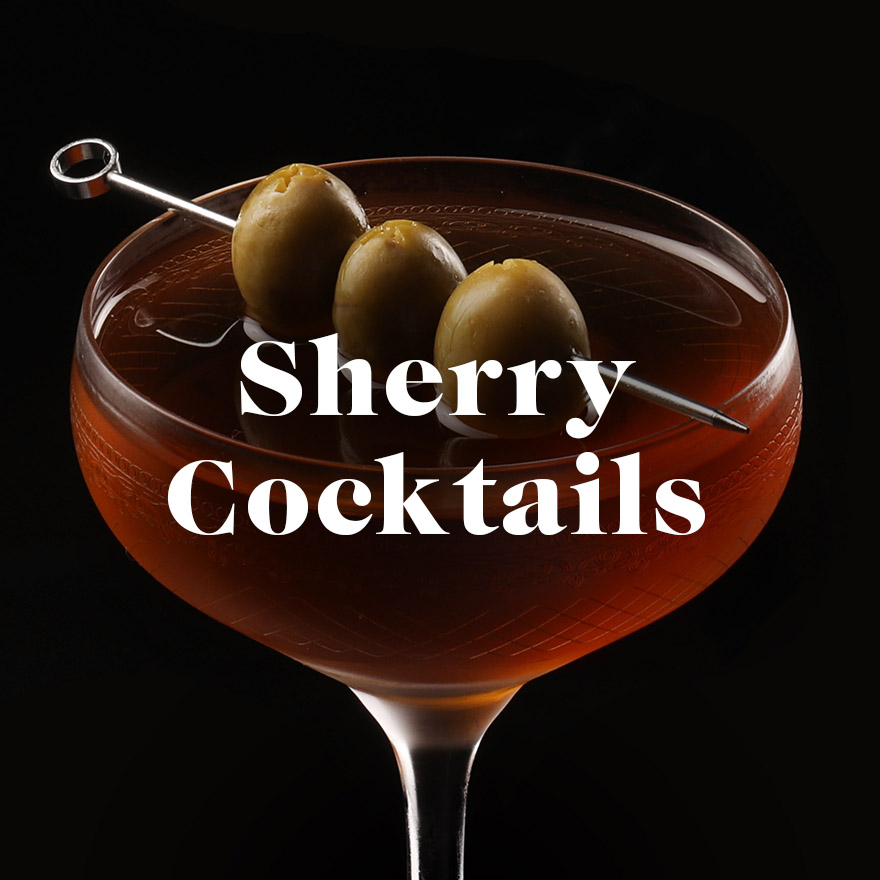Are you a Discerning Drinker?
Join thousands of like-minded professionals and cocktail enthusiasts, receive our weekly newsletters and see pages produced by our community for fellow Discerning Drinkers.


How sherry enhances cocktails
Sherry has been a staple cocktail since the 1800s, appearing in many punch recipes from the period. Today, sherry plays a key role in the world's leading bars, such as Tayēr + Elementary's One Sip Martini.
The 1847 Oxford Night Caps, a collection of recipes for cocktails then popular at the university, features nine cocktails with sherry. Two pages are devoted to the most important of these, the Sherry Cobbler, a cocktail that emerged during the 1830s, and by the end of that decade, this sherry-based cocktail dominated. It remained popular through to the end of the 1800s and beyond. It was arguably the Espresso Martini of its day.
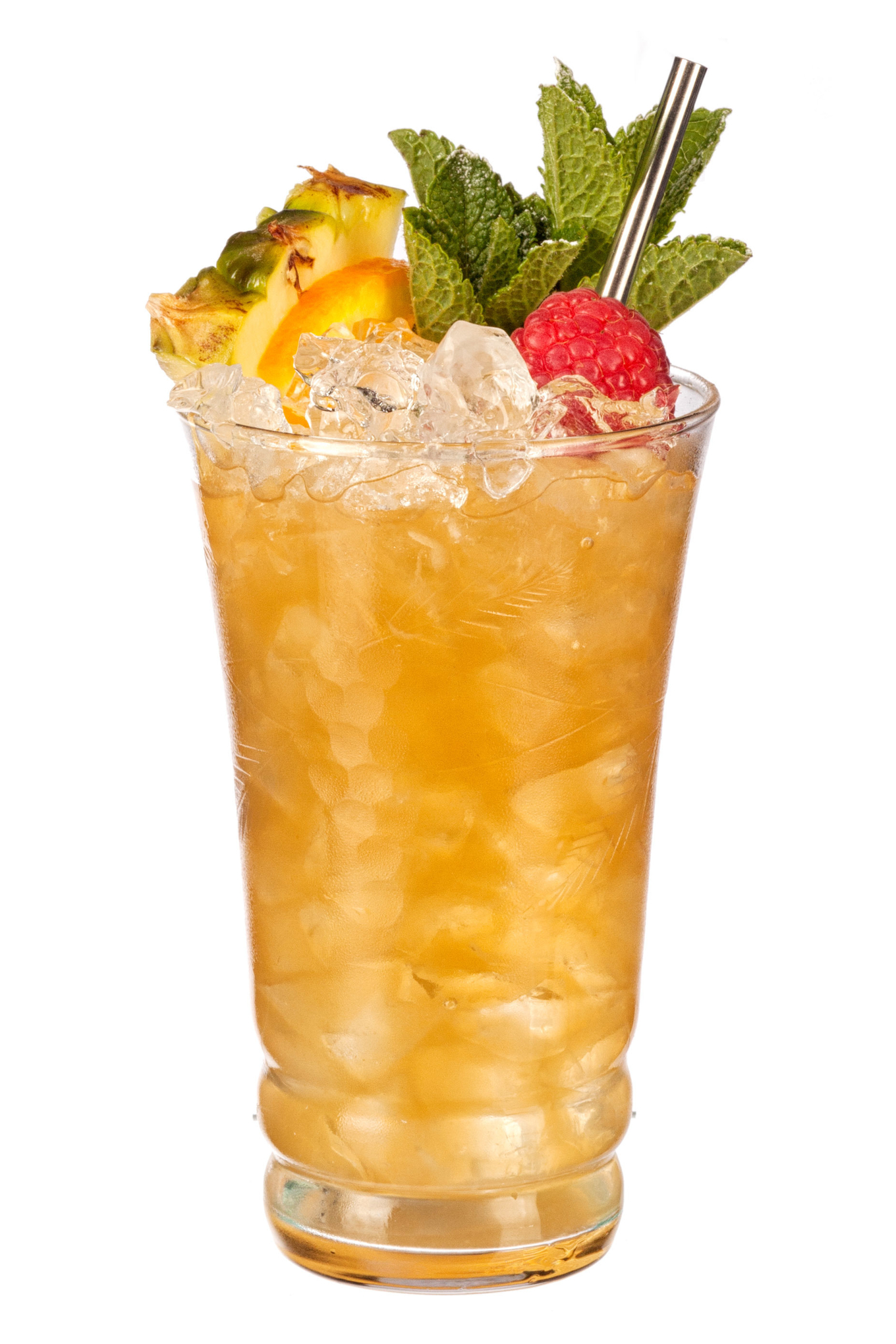 The Sherry Cobbler also features in the world's first recipe book for bartenders, Jerry "The Professor" Thomas' 1862 The Bar-tender's Guide and is just one of 27 recipes calling for sherry in the book. Sherry is one of Jerry Thomas's most frequently used ingredients. And for good reason, the flamboyant "Professor" obviously understood just how much sherry can bring to a cocktail.
The Sherry Cobbler also features in the world's first recipe book for bartenders, Jerry "The Professor" Thomas' 1862 The Bar-tender's Guide and is just one of 27 recipes calling for sherry in the book. Sherry is one of Jerry Thomas's most frequently used ingredients. And for good reason, the flamboyant "Professor" obviously understood just how much sherry can bring to a cocktail.
What Sherry adds to a cocktail
Complexity
Sherry is an incredibly complex ingredient, with more diversity in styles than rum. It is not as simple as the latest bartenders' ketchup liqueur, so perhaps has been overlooked by some who are content with simplicity.
Flavour
Sherries have a flavour profile that ranges from bone dry with acidity and umami, through to intensely rich and sweet. There's a style of sherry for every style of cocktail.
Balance
Sherry contains acids developed during fermentation. These acids differ in structure from the citric acids (such as lemon and lime), used to balance many cocktails. Hence, sherry can balance sweet ingredients in a cocktail whilst also adding complexity and depth of flavour.
Mouthfeel
All but fino and manzanilla sherries contain glycerine, an organic compound developed during fermentation that adds roundness and structure to sherry wines, so by extension, sherry adds mouthfeel to cocktails.
Aroma & flavour
Sherries are famously diverse in personality, and each style of sherry adds distinct aromas and flavours to the cocktails in which it is used. From minerally yeasty salinity in manzanillas, through to nut, raisin and sultana in Pedro Ximénez sherries.
Alcohol
Sherry is relatively low in alcohol (15 to 21% alc./vol.), so it's great for adding structure and flavour to cocktails without ramping up alcohol levels. The Bamboo, Adonis, Sherry Sour and indeed the Sherry Cobbler are all tasty examples of low alcohol aperitivos built on sherry's flavour, structure and complexity.
Bang for buck
Sherry is also phenomenally good value for money! Sherry has a much lower cost per bottle than spirits and even many liqueurs.
What style of sherry in what cocktail?
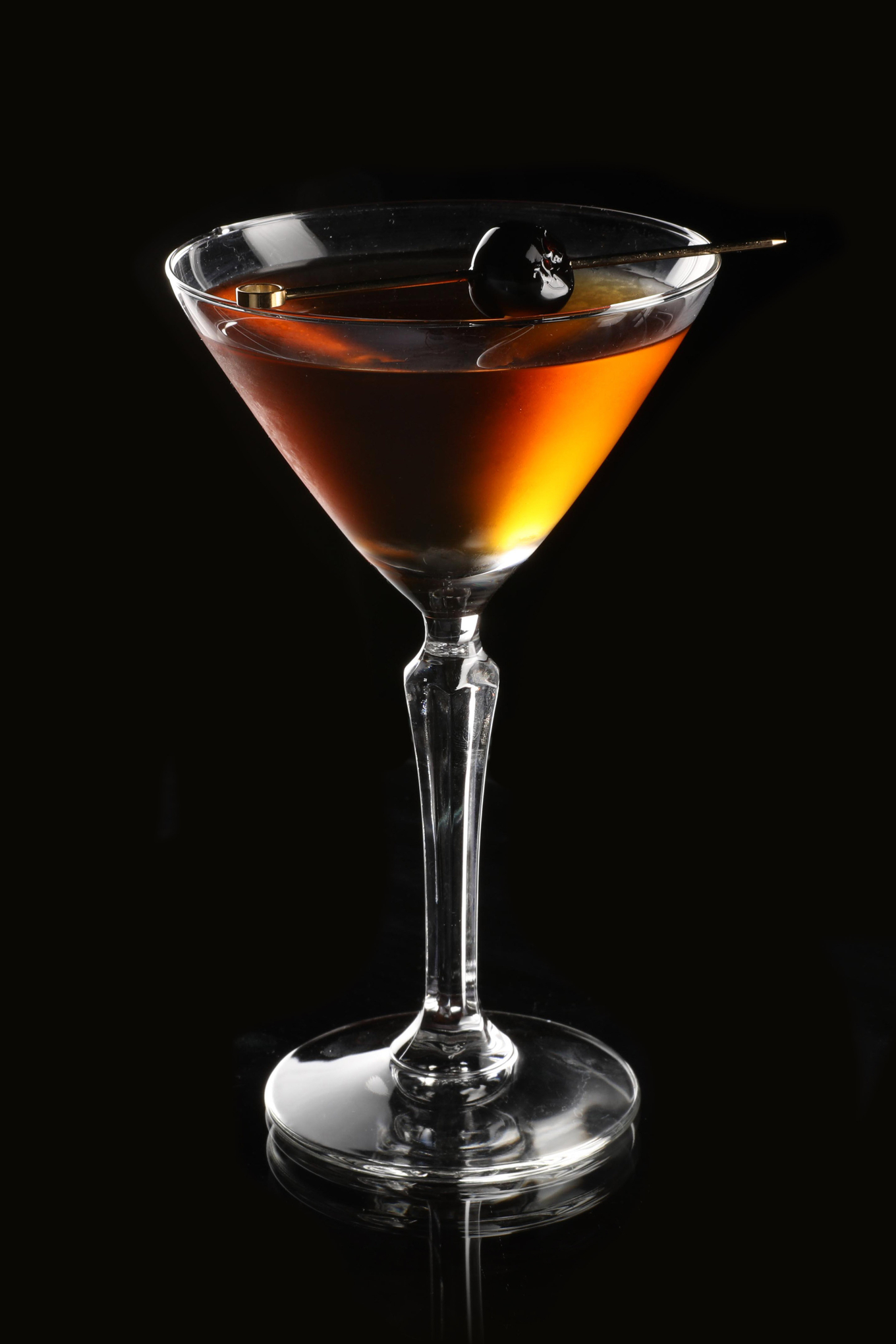 Like so many modern-day "Martinis", the Explorer 'Martini' isn't actually a Martini, but it is a great three-equal-parts cocktail to highlight how different styles of sherry can completely change a cocktail.
Like so many modern-day "Martinis", the Explorer 'Martini' isn't actually a Martini, but it is a great three-equal-parts cocktail to highlight how different styles of sherry can completely change a cocktail.
30ml (1oz) Sherry
30ml (1oz) Blended Scotch whisky
30ml (1oz) Amaretto liqueur
Originally made at Sandals Resort in Barbados with cream sherry, which amplifies rich marzipan notes in the amaretto to produce a richer after-dinner cocktail. In contrast, a fino sherry dries this cocktail, making it more apéritif in style with nutty flavours to the fore. An amontillado sherry amplifies butterscotch while palo cortado (my preference) adds hazelnut alongside toasted almond with sultana, citrus and mild cinnamon spice.
This is a cocktail that seems to work with any sherry, but knowing the nuances of each sherry style will lead you to the best sherry for your cocktail.
Styles of sherry and the cocktails they're used in
Click on each sherry style for an explanation of that sherry's characteristics and the cocktails in which these are harnessed.
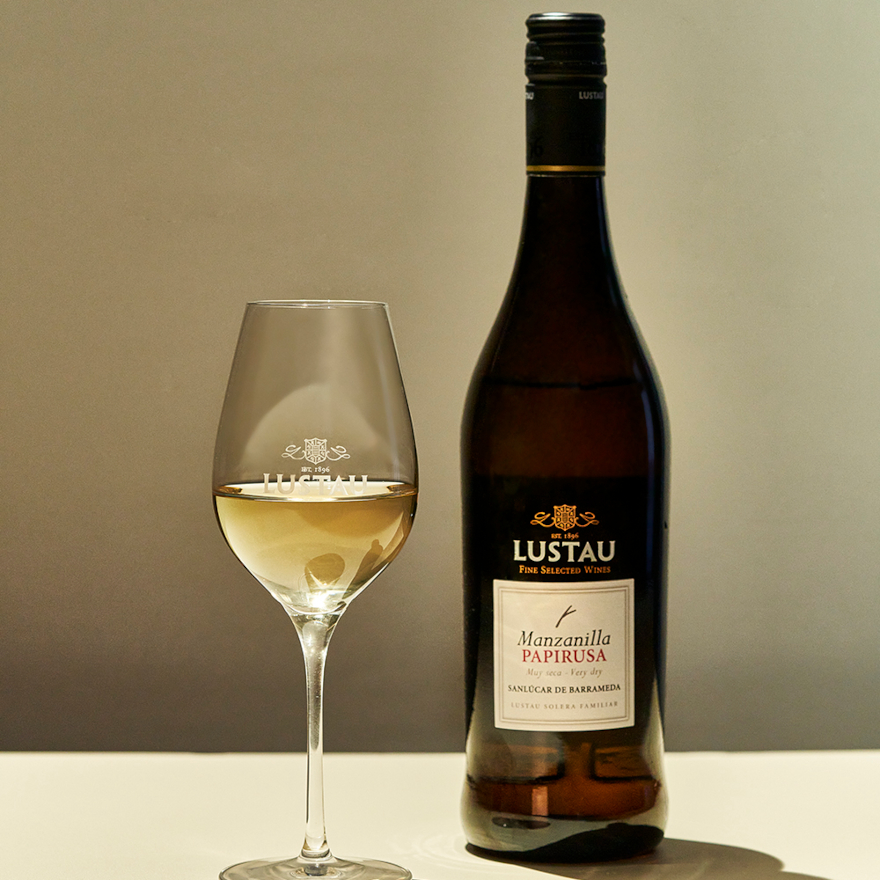
Lustau Manzanilla Papirusa
A bone-dry Manzanilla aged (for an average of five years) under a veil of yeast called flor in the cool, humid, salty air of Sanlúcar de Barrameda, a
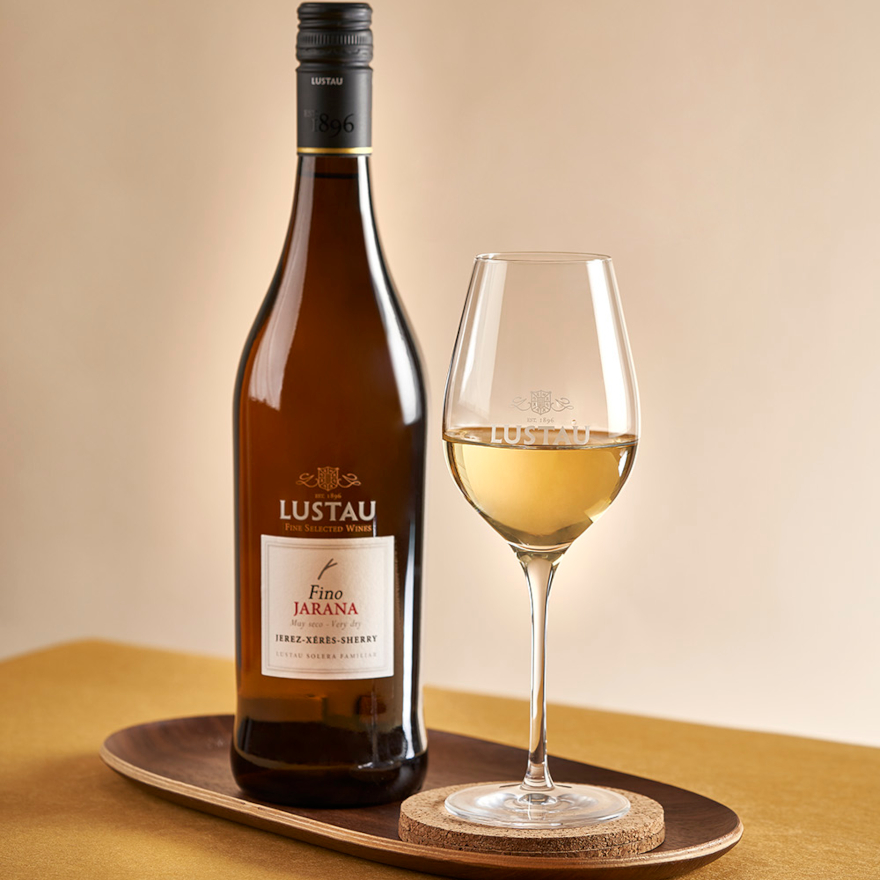
Lustau Jarana Fino Sherry
Aged for an average of 4 years under flor at Bodega Las Cruces in Jerez de la Frontera, where the inland climate produces a more rounded and fuller style
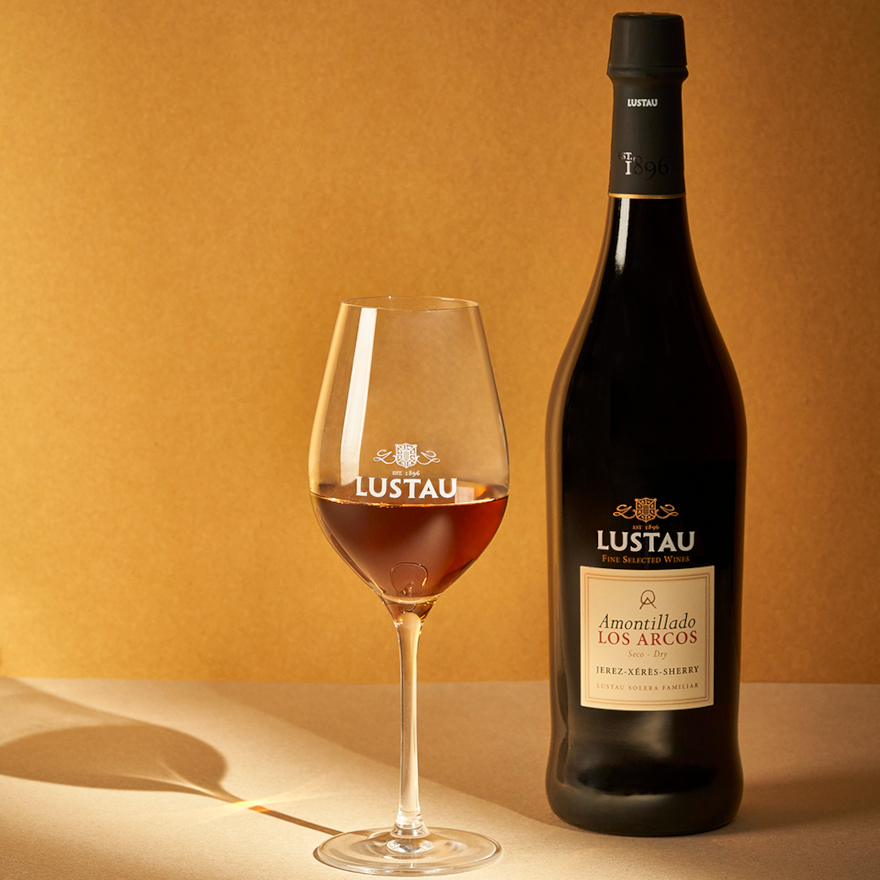
Lustau Amontillado Los Arcos Sherry
Aged for an average of eight years with half of the period under flor and half in contact with oxygen, in Bodega Emperatriz Eugenia in Jerez de la Frontera.
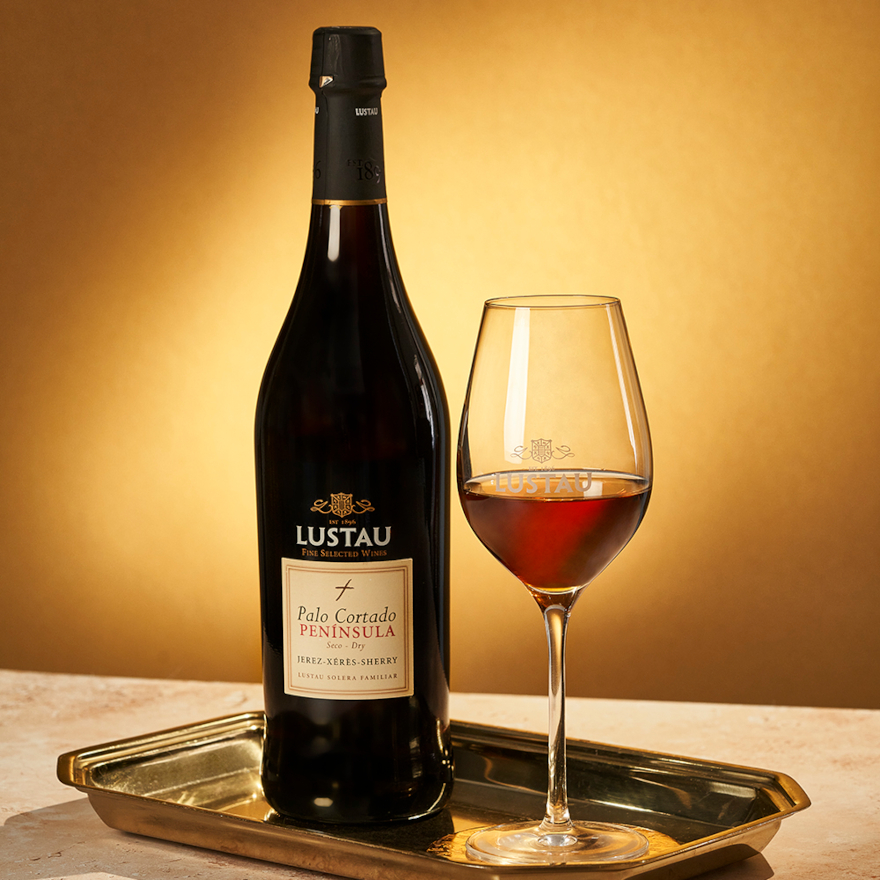
Lustau Palo Cortado Península
A 100% Palomino sherry aged for 12 years in Bodega la Emperatriz Eugenia in Jerez de la Frontera.
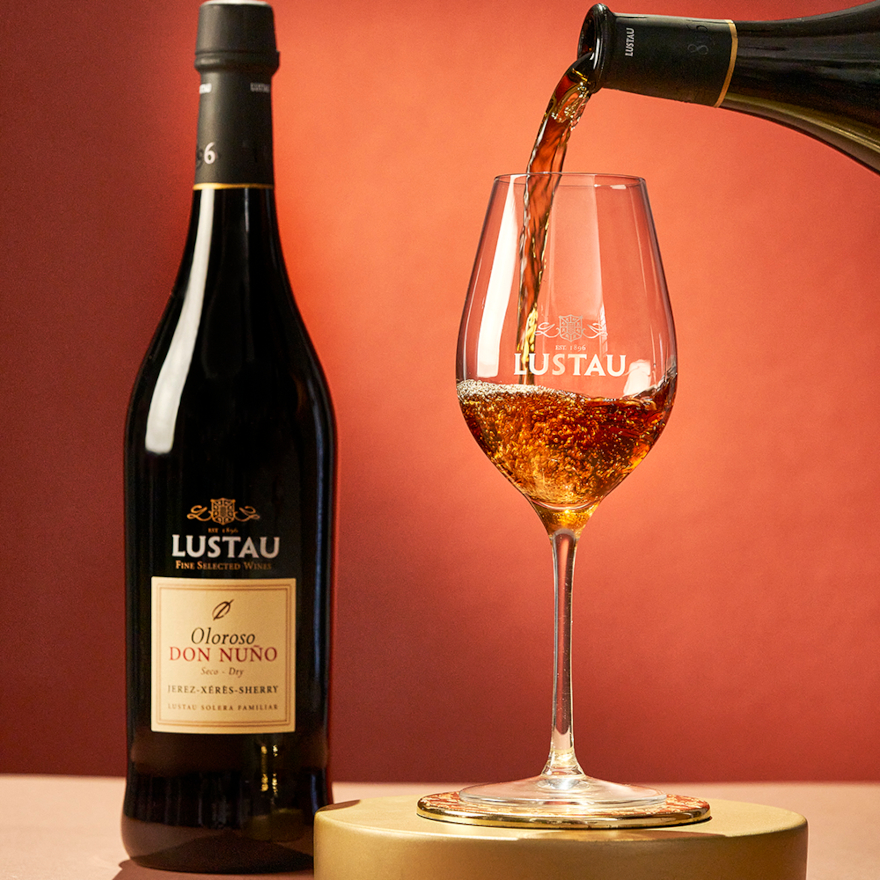
Lustau Oloroso Don Nuño
A dry (not sweetened before bottling) oloroso aged, following oxidative ageing, for 12 years in Bodega La Campana in Jerez de la Frontera.
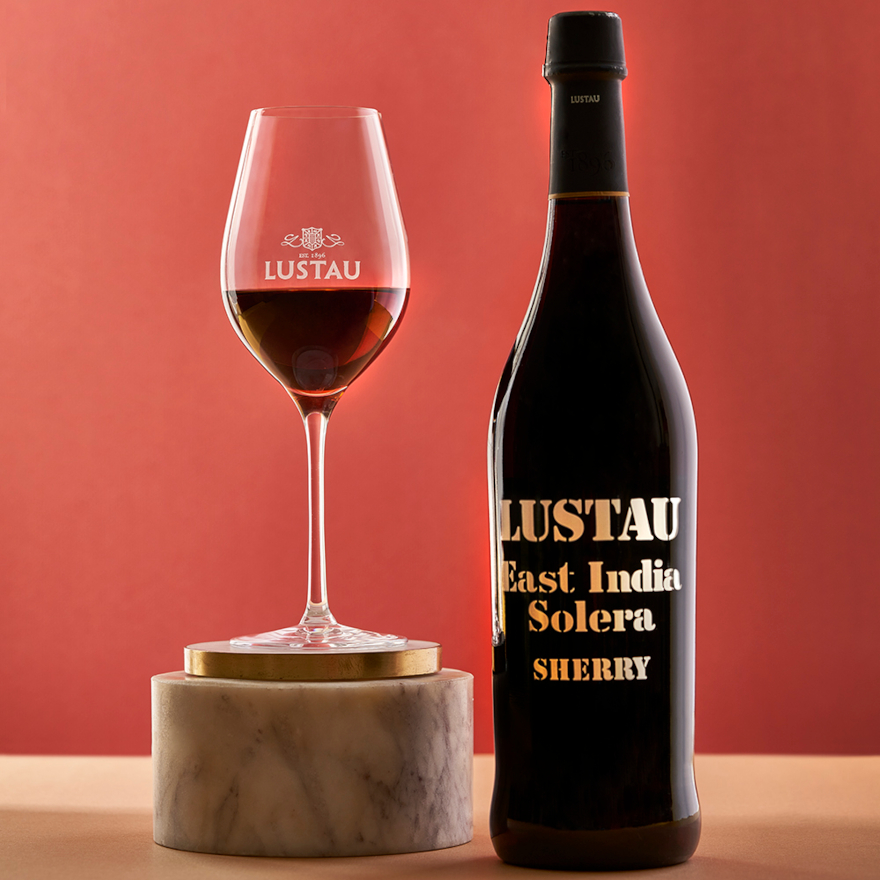
Lustau East India Solera Sherry
Each wine in this cream sherry (Oloroso and Pedro Ximénez) is matured separately in its solera for 12 years.
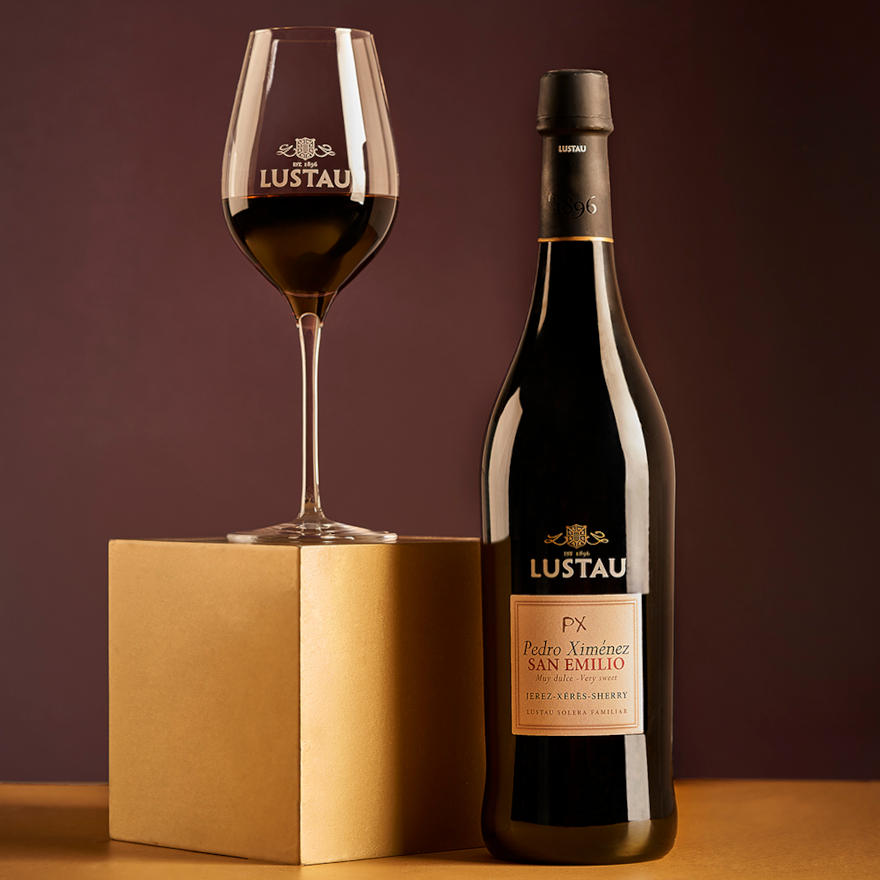
Lustau San Emilio Pedro Ximénez
Made with Pedro Ximénez grapes that have been sun-dried after picking until raisin-like. Fermentation of these grapes is halted to maintain natural sugars




